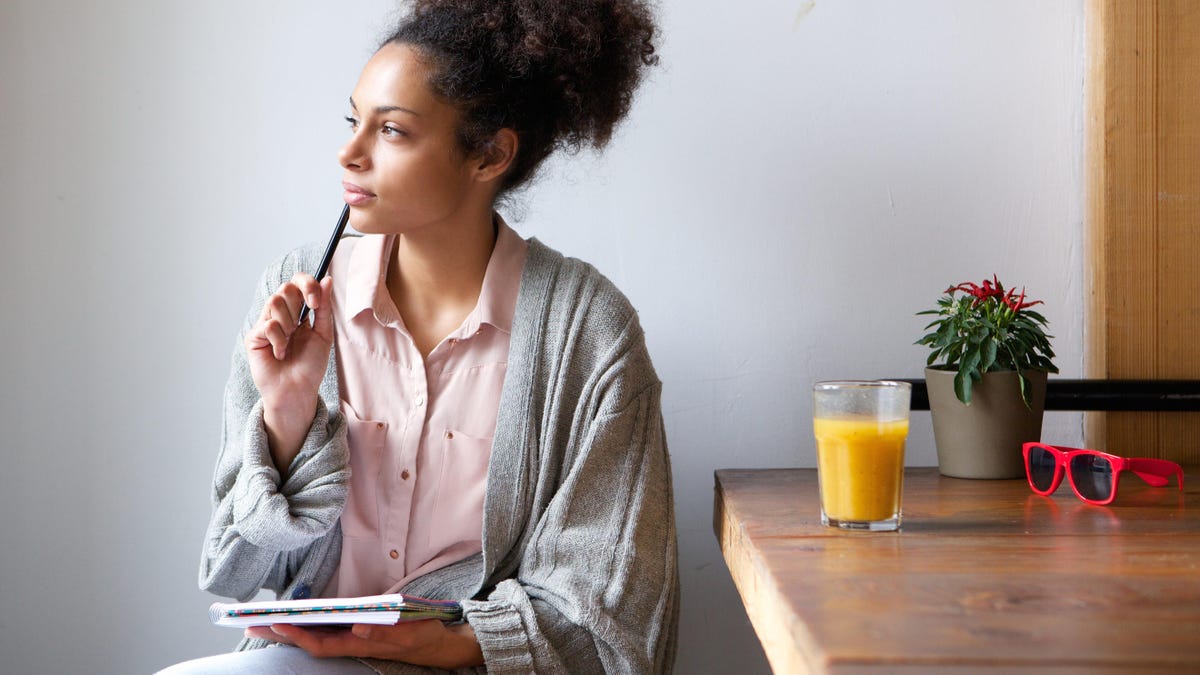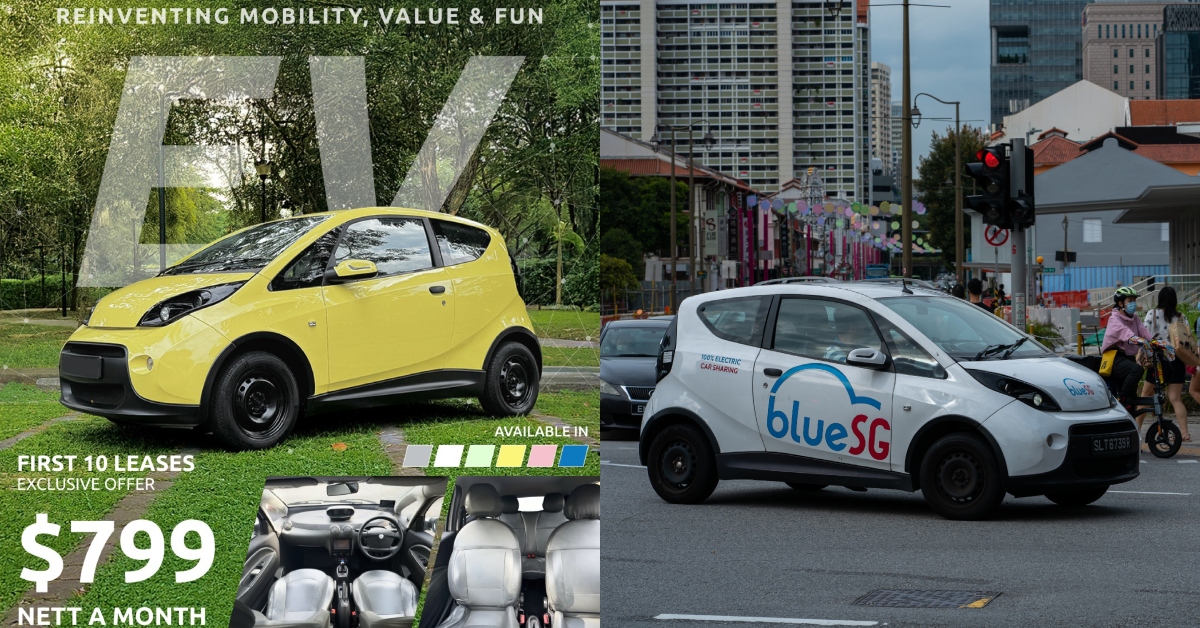How 'Negative Visualization' Can Make You More Positive
It’s easy to get stuck in a negative frame of mind, and a lot harder to snap yourself out of it. You might feel trapped by the constant fear of failure, or perhaps mired in jealousy over things you...


Photo: mimagephotography (Shutterstock)
It’s easy to get stuck in a negative frame of mind, and a lot harder to snap yourself out of it. You might feel trapped by the constant fear of failure, or perhaps mired in jealousy over things you don’t have. Being consumed by negative emotions isn’t likely to help you change your circumstances for the better—but what if you could make all your anxious, unhappy thoughts work for you, instead of against you?
That’s the theory behind a mindfulness hack known as negative visualization. Here’s everything you need to know about getting more positive by going even more negative (at least, for a bit).
What is negative visualization?
Negative visualization is not a fancy way of saying negative thinking. In fact, the idea originates with Stoic Roman philosophers. A modern version of Stoicism has gained a following in recent years, especially alongside the rise in popularity of practices like mindfulness. While I by no means abide by Stoicism, some key tenets of the philosophy certainly appeal to me, a very anxious person. For instance, I’m particularly drawn to the modern Stoic’s emphasis on separating what you can control (thoughts and feelings) from what you cannot control (the rest of the world). Regardless, you definitely don’t need to dive fully into Stoicism in order to give negative visualization a try.
Psychology Today defines negative visualization as when you “intentionally imagine how much worse your life would be if you didn’t have what you have.” It’s that simple: You flip your negative thinking around and use it to gain a more grateful, positive perspective.
How it works
When you visualize all the worst-case scenarios that could go down in your life, you can set yourself up to do two things: First, you can take the time to mentally prepare for real-life possibilities and come up with real-life ways to cope with them. Second, you can take the fact that these worst-case scenarios have not happened and feel gratitude for what you do have.
Steps to practice negative visualization
To practice negative visualization, you begin by contemplating every anxiety-inducing “what if” you can think of while in a controlled setting (rather than in the form of an unplanned panic attack). Set aside some time to put yourself in a more positive state of mind with these steps:
Make a list that takes stock of what you’re grateful for in your life, as well as what you wish you had. These can be specific people, possessions, and general areas of life (like work or hobbies). You can do this mentally, or write them down if it helps you focus. Visualize possible negative outcomes for each of the items in step one. Spend five to 10 minutes going through your list, contemplating how you’d feel if that thing was taken away from you or that job or activity was no longer possible for you. Keep thinking about other negative possibilities that aren’t true to your life right now. Consider illnesses you’ve never had, accidents you’ve never been in, and so on. Time to calm the negativity: Brainstorm ways you would be able to manage some of those possible losses. Think about tough times you’ve endured before, and how you’d be able to do it again (practically and emotionally).Refocus on everything from your list in step one. Be deliberate about feeling a greater sense of appreciation for what you do have. Think about how much better it feels to focus on your gratitude for those things, rather than on the mere prospect of losing them.Final reminders
Remember that the goal here is not to send yourself down a spiral of worst-case scenario doom and gloom. Instead, the aim is to remind yourself of your appreciation for what you have, as well as to allow you to feel prepared in case something does go wrong.
As Psychology Today notes: “Happiness is actually more about wanting what you already have than getting the next thing.” If that sounds cheesy to you, hey—better to be cheesy than mired in negativity.

 Hollif
Hollif 
































